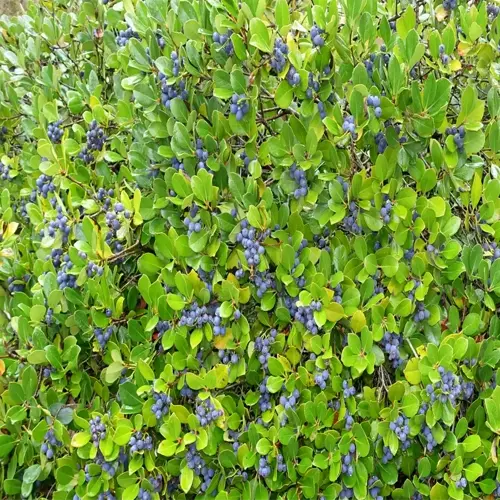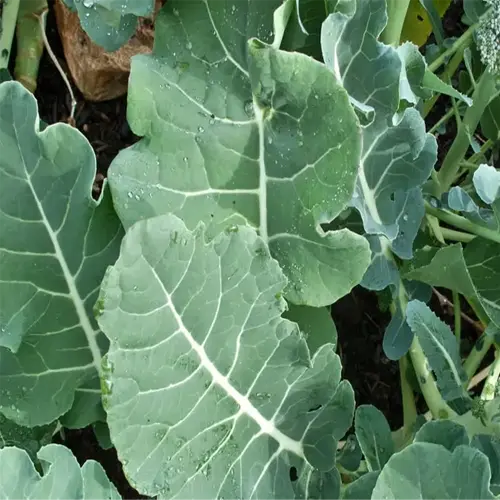What companion plants should I avoid near Brussels sprouts?

Written by
Olivia Mitchell
Reviewed by
Prof. Samuel Fitzgerald, Ph.D.Brussels sprouts do poorly when they are with the wrong neighbor plants. I learned this lesson through personal experience when I grew my first garden and plucked my stunted sprouts only to discover that a nearby tomato plant had taken all the nitrogen in the soil they were expecting. Now, I experiment with every neighboring plant along with Brussels sprouts. There are three habitual violators of good growing: strawberries, tomato, and pole beans.
Strawberries
- Attract sap-sucking aphids that jump to sprouts
- Compete for potassium during fruiting
- Spread verticillium wilt through shared soil
Tomatoes
- Deplete soil nitrogen needed for sprout formation
- Harbor hornworms that later attack sprouts
- Increase blight risks in humid conditions
Pole Beans
- Over-shade sprouts, stunting growth
- Fix excessive nitrogen, causing hollow stems
- Entangle stalks during vertical growth
Soil preparation stops cross-contamination. At this point, I have started isolating my Brussels sprout beds with a 3-foot buffer zone. Sometimes, I will have raised beds lined with landscape fabric, which prevents invading roots. Some of my beds had acidic soils where strawberries were once very productive, so I now add lime to get the pH to 6.8 to prevent sharing fungal diseases.
Companion disasters offer alternatives and solutions to problems. After losing my spring sprouts to bean vines, I went with dill "borders" instead. The umbrella flowers of dill attract parasitic wasps that will prey on the dreaded cabbage worms I used to deal with. I also planted garlic nearby. Over 60% of the called-for aphid controls will be repelled by garlic. I sprayed for that last pest in 18 months.
Keep meticulous track of your microclimates. I overharvested my tomatoes planted upwind, which created pockets of dry air with blight spores that dried my sprout leaves. I now monitor prevailing wind, and I have begun using sunflowers as living windbreaks. This minor alteration has helped me reduce disease counts by 50% while increasing pollination from bees seeking shelter.
Read the full article: How to Grow Brussels Sprouts: Pro Tips for Big Harvests

